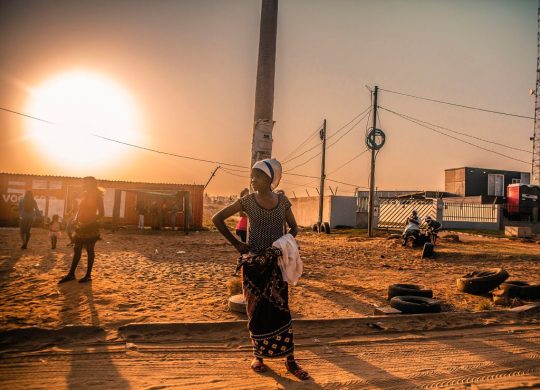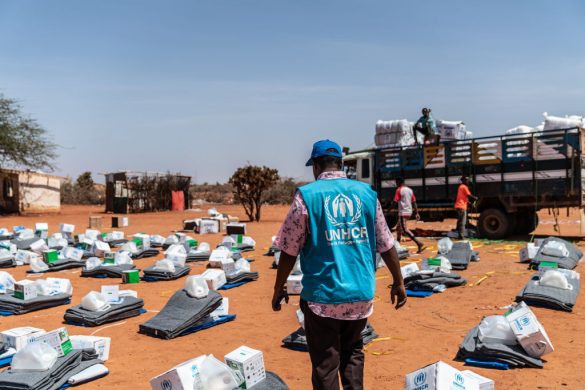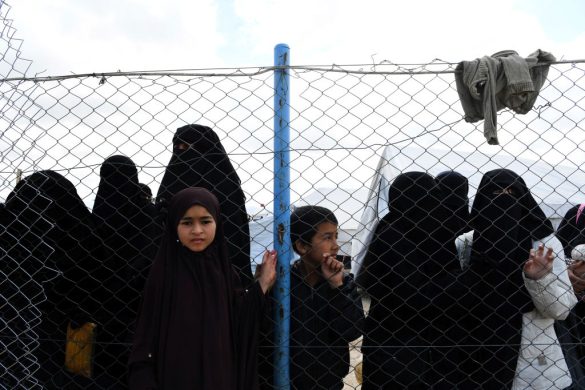Uruguays ambitiøse klimapolitik har trukket overskrifter over hele verden. Massive investeringer i vedvarende energikilder har forvandlet den lille nation til en rigtig klima-succes. Også den danske vindmølleproducent Vestas har leveret hundredvis af vindmøller til det sydamerikanske land.
I et indlæg på World Resources Institute´s (WRI) hjemmeside sidste uge fremgår det, at den positive udvikling er sket på under 10 år.
The developing nation went from having virtually no wind generation in 2007 to become a double world-record holder in less than a decade. By 2013, it was receiving the largest share of clean energy investment as a percentage of GDP, and in 2014, installed the most wind per capita of any country.
By mid-2015, the country had installed 581 megawatts (MW) of wind capacity, providing an average 17 percent of total electricity generation over the year. Wind energy is now cost competitive in the nation, and is displacing the most expensive fossil-fuel generation.
Nytænkning af klimafinanciering
Uruguay is at the forefront of a growing movement of countries, communities and individuals who are transforming the way they generate and use energy.
Meeting the goal of the Paris Agreement to keep warming well below 2 degrees Celsius (3.6 degrees Fahrenheit) in order to prevent dangerous climate change will require a rapid and deep reduction of emissions.
To achieve this countries will, among other things, need to fundamentally transform their energy sectors away from fossil fuels and towards clean, renewable energy.
In our new working paper, Transformational Climate Finance: An Exploration of Low-Carbon Energy, we look at how funding can be used to bring about such large-scale, long-term and rapid changes in the energy sector to boost renewable energy and energy efficiency.
In order to understand how climate finance can deliver this “transformational” change, we analyzed case studies covering a variety of geographies, energy sources and degrees of transformation.
Uruguay’s wind sector was one of the most successful cases we found. The way it achieved results provides powerful lessons for other nations looking to transform their energy systems, and for funders such as the Green Climate Fund, whose Board is meeting this week to consider how it can best fulfil its mandate to promote a “paradigm shift towards low-emission and climate-resilient development pathways.”
Hvad motiverede den grønne omstilling i Uruguay?
Uruguay’s wind development was driven by a desire to increase energy security. The country had relied heavily on hydropower historically. But with a decade of dry years between 1997 and 2007, hydro’s share of electricity generation fell from more than 90 percent to around 50 percent, leading to an increase in fossil-fuel imports (the country has no domestic reserves).
By 2007, imported fossil fuels provided a third of generation. In addition to import costs, the increased reliance on fossil fuels added to the fiscal burden of providing residential subsidies. Given the steadily rising electricity demand, the government sought ways to diversify its energy sources.
Læs resten af artiklen her:
http://www.wri.org/blog/2016/03/how-uruguay-became-wind-power-powerhouse














